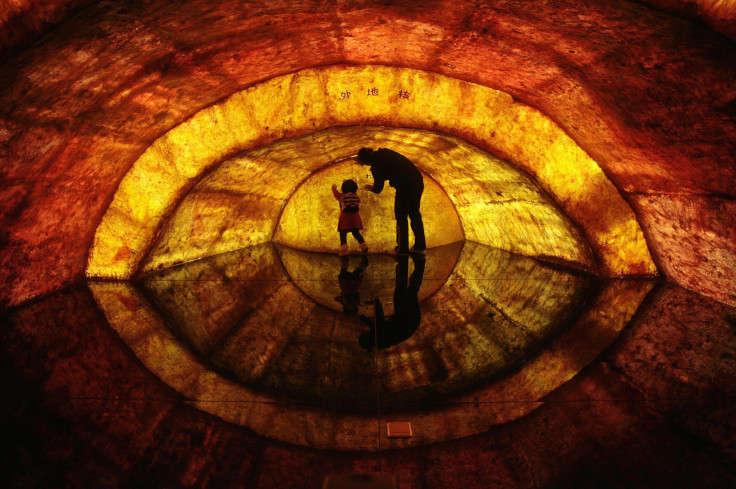Earth's Inner Core Consists Of Two Distinct Regions, New Study Finds

Geologists have long believed that Earth’s core, a solid ball the size of our moon, consists primarily of an iron-nickel alloy and is uniform in composition throughout. However, according to the findings of a study published Monday in the journal Nature Geoscience, the innermost layer of our planet might be composed of two distinct regions -- the “inner” inner core and the “outer” inner core.
The exact structure and composition of what lies at the very center of our planet, nearly 3,000 miles beneath our feet, has long remained one of the world’s deepest mysteries. An extremely high temperature in the inner core, which, at over 9,700 degrees Fahrenheit, is almost as hot as the sun’s surface, precludes the possibility of direct observation. As a result, scientists have had to resort to techniques that do not involve drilling into the heart of the planet.
For the purpose of this study, a team of geologists from the Nanjing University, China, and the University of Illinois studied the echoes generated by seismic waves produced during earthquakes to scan below the surface of Earth, much like an ultrasound is used to see inside patients. Analyzing these echoes, scientists found a marked difference in the structure of iron crystals in the inner and outer regions of the inner core.
Not only are the iron crystals in the "inner" inner core aligned in an east-to-west direction -- as opposed to the north-to-south alignment in the "outer" inner core -- they also behave differently from their counterparts in the outer region. This means that the inner part behaves as if it is composed of a completely different type of crystal.
“The fact that we have two regions that are distinctly different may tell us something about how the inner core has been evolving,” Xiaodong Song from the University of Illinois at Urbana-Champaign said in a statement. “It might hold the key to how the planet has evolved. We are right in the center -- literally, the center of the Earth.”
Because the core is estimated to have begun solidifying nearly a billion years ago, the latest findings suggest that the prevailing conditions, such as the direction of Earth’s magnetic field, might have changed during the solidification process.
“Probing deeper into the solid inner core is like tracing it back in time, to the beginnings of its formation,” Simon Redfern from the University of Cambridge, who was not involved in the study, told BBC, adding that if the findings of the study are confirmed, it would imply that “something very substantial happened to flip the orientation of the core to turn the alignment of crystals in the inner core north-south as is seen today in its outer parts.”
© Copyright IBTimes 2024. All rights reserved.






















